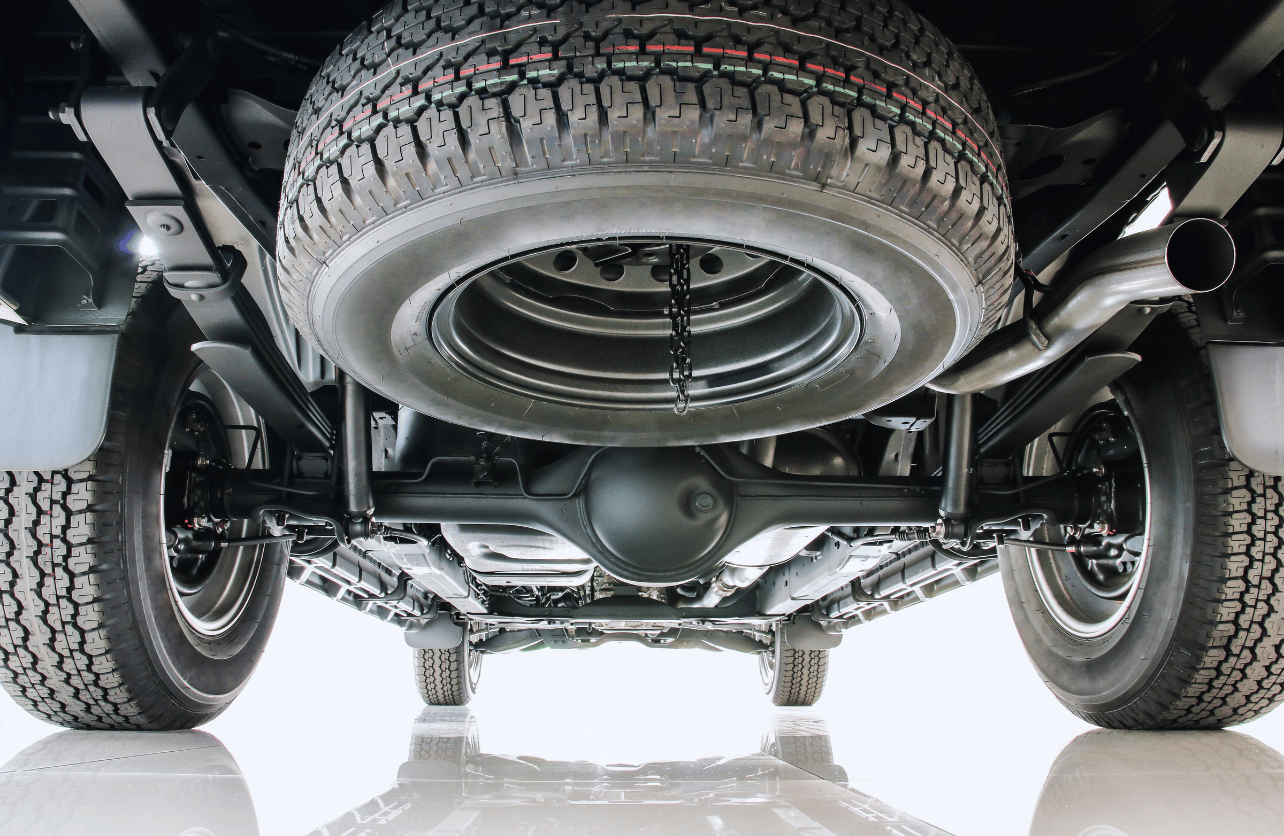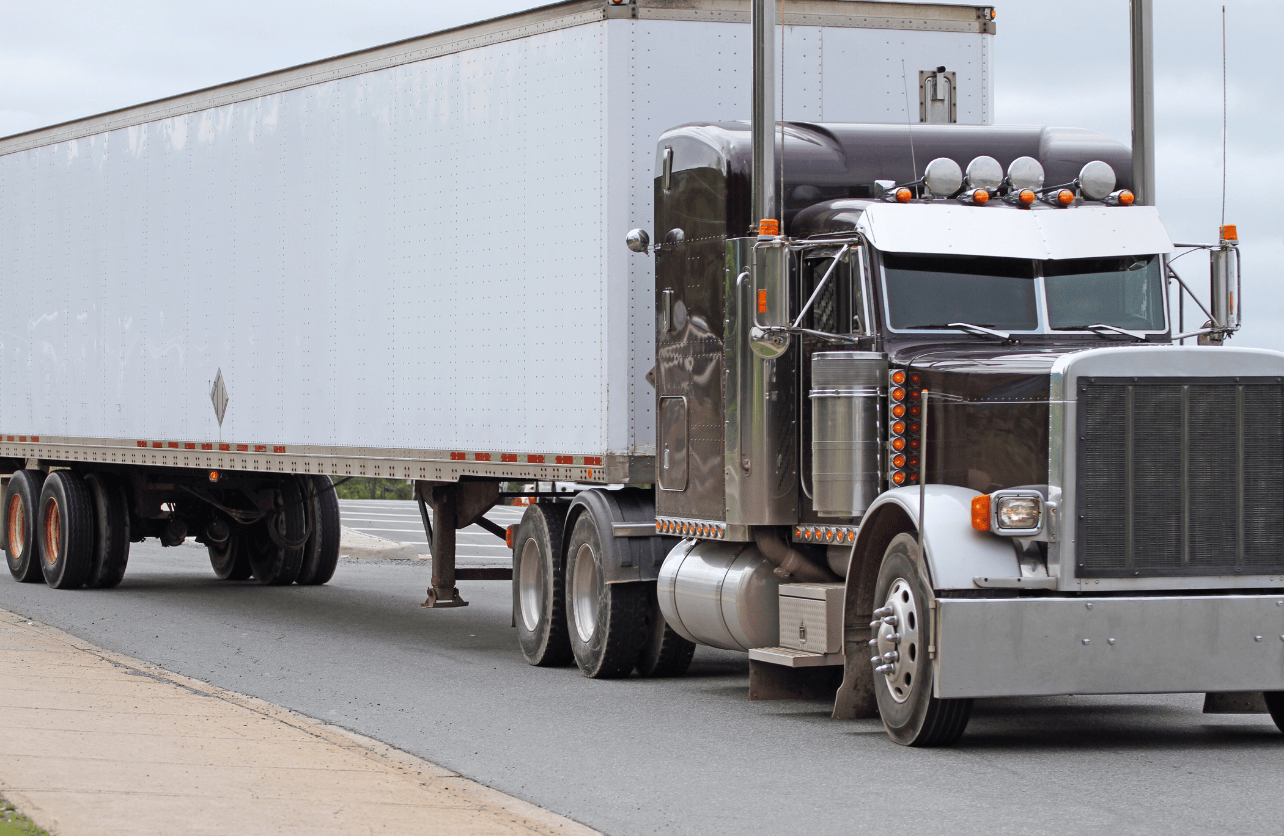How Many Axles Does a Car Have?

When it comes to understanding car mechanics, axles are one of the fundamental components. But if you’re wondering, “How many axles does a car have?” you’re not alone. Most standard passenger cars have two axles, but the specifics can vary based on the type of vehicle and its function. Here’s a closer look at what axles are, how they function in a car, and why the number of axles can differ between vehicles.
What is an Axle?
In simple terms, an axle is a rod or shaft that connects two wheels on opposite sides of the car. Axles are crucial because they transfer power from the engine to the wheels, allowing the car to move. They also support the weight of the vehicle and absorb the stress from braking, accelerating, and uneven terrain. Without axles, your car wouldn’t be able to move or even support its own weight.
How Many Axles Does a Standard Car Have?
Most standard cars have two axles. In typical front-wheel-drive or rear-wheel-drive vehicles, there is one axle at the front and one at the back. Each axle connects a pair of wheels, meaning that each set of two wheels on a car is connected by an axle. This setup is sufficient for passenger cars, as they are designed to carry a modest load and handle standard driving conditions.
Types of Axles in Cars
Different types of axles are used depending on the vehicle’s design and its drivetrain. Here are the main types of axles you’ll find in cars:
1. Front Axle
In front-wheel-drive (FWD) cars, the front axle is responsible for transferring power from the engine to the wheels, allowing the car to move forward or backward. The front axle also helps steer the car, which is why it must be durable and able to handle the stress from both driving and steering.
2. Rear Axle
In rear-wheel-drive (RWD) cars, the rear axle takes on the responsibility of transferring power to the rear wheels. The rear axle often has more weight and stress because it is tasked with moving the car, especially when carrying loads or accelerating quickly.
3. Live Axle vs. Dead Axle
- Live Axle: A live axle is an axle that rotates with the wheels. It’s commonly found in vehicles where power is transmitted to the wheels through the axle, such as rear-wheel-drive cars.
- Dead Axle: A dead axle, also known as a non-driving axle, does not provide power to the wheels. It only supports the car’s weight. Dead axles are often found in the rear of front-wheel-drive cars.
Why Do Some Vehicles Have More Than Two Axles?

While two axles are sufficient for most passenger cars, some vehicles, especially those designed to carry heavy loads or multiple passengers, have more than two axles. Here’s why:
1. Larger Vehicles
Vehicles like trucks, buses, and some SUVs are built to carry heavier loads. They require additional axles to support the weight and provide stability. For instance, an 18-wheeler truck can have five or more axles to handle the weight of the cargo and improve stability on the road.
2. All-Wheel Drive and Four-Wheel Drive
Some four-wheel-drive (4WD) or all-wheel-drive (AWD) vehicles have different axle configurations. Although they still technically have two main axles (front and rear), the axles in these vehicles are designed to distribute power to all four wheels, enhancing traction and control on challenging terrain. However, these configurations typically do not increase the number of axles but rather change how power is distributed between them.
How to Determine the Number of Axles on Your Vehicle
If you’re unsure about the number of axles on your car, a quick inspection can help you figure it out. Here are a few easy methods:
- Count the Sets of Wheels: Most cars with four wheels will have two axles, as each axle typically connects a pair of wheels. If your car has six wheels, like some larger trucks, it may have three axles.
- Check the Owner’s Manual: The manual often provides detailed information on the car’s specifications, including the type and number of axles.
- Ask a Mechanic: If you’re still unsure, a mechanic or dealership technician can help you determine the axle configuration of your vehicle.
Do All-Wheel Drive and 4WD Cars Have More Axles?
All-wheel-drive (AWD) and four-wheel-drive (4WD) cars don’t necessarily have more axles, but they do have a more complex drivetrain. These systems are designed to distribute power across all four wheels, allowing for better traction and control, especially on rough terrain. However, they still usually operate with two main axles – one connecting the front wheels and one connecting the rear wheels.
Common Questions About Axles in Cars
1. Do Electric Cars Have Axles? Yes, electric cars have axles like traditional vehicles. However, their axles may connect to electric motors rather than a central engine, depending on the design of the vehicle. Some electric cars even feature independent motors for each wheel, which can change the role of the axle but doesn’t eliminate the need for it entirely.
2. Can a Car Have Three or More Axles? Yes, but it’s uncommon in standard passenger cars. Vehicles like trucks, buses, and certain heavy-duty SUVs may have three or more axles to support extra weight and improve stability.
3. What Happens if an Axle Breaks? If an axle breaks, the car can lose power to the wheels, which can make it difficult or impossible to drive. A broken axle may also affect the alignment of the wheels and cause instability, making it unsafe to continue driving. If you suspect axle damage, it’s essential to have it inspected and repaired by a professional as soon as possible.
Conclusion
For most standard passenger vehicles, two axles are the norm – one for each set of wheels. This setup is sufficient to provide stability, power distribution, and support for typical driving conditions. However, larger vehicles or those designed for specific purposes may require additional axles to handle greater weight and enhance performance.
Understanding your car’s axle setup can help you better grasp its mechanics and spot potential issues early. So, the next time you look at a vehicle, take a moment to consider its axles – they play a vital role in everything from stability to power delivery, even if they’re not always visible.